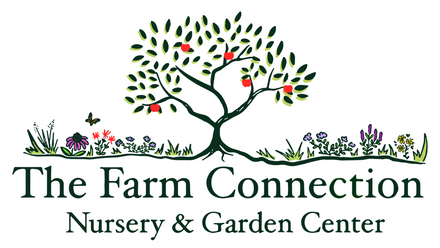How to Protect Tender Wood and Encourage Next Year’s Crop
Even the hardiest figs need a little help through winter here in Zone 7. As the first frosts settle in and nighttime temperatures start dipping, it’s time to start thinking about how to protect tender fig wood and preserve next year’s crop. With a little care, and a touch of old-world wisdom, you can help your trees come back stronger and more fruitful each spring.
Understanding Fig Growth and Cold Damage
Figs are heat-loving plants with soft, pithy wood that’s easily damaged by freezing temperatures. In Western North Carolina’s climate, even so-called “hardy” varieties like Chicago Hardy, Brown Turkey, and Celeste can die back to the ground after a harsh winter if left unprotected. When that happens, they’ll often resprout from the roots come spring, but you lose that first “breba” crop that grows on old wood.
Figs actually produce two fruit sets:
- The Breba Crop develops on last year’s wood, ripening early in summer.
- The Main Crop forms on new growth and ripens later in the season.
If your tree dies back each winter, you’ll only ever harvest the main crop, and in cooler climates, that sometimes doesn’t ripen before winter sets in. Protecting tender wood through winter helps preserve the branches that produce the early breba crop, giving you both harvests and fruit that ripens weeks sooner.
For tips on how to manage and shape your fig for better yields, see our Mid-Season Pruning Guide for Figs
Microclimate Matters: Planting for Success
Before you even think about wrapping or mulching, smart siting makes all the difference. Figs love warmth and shelter.
- Plant on a south-facing slope or wall- where the sun reflects and the soil stays warmer.
- Near a building or stone wall- Those structures act as heat sinks, slowly releasing warmth through the night.
- Avoid low, wet ground where cold air settles, frost pockets are fig killers.
In Italy and across the Mediterranean, growers took this concept to an extreme. In colder regions, people would actually bury their fig bushes each winter, bending the pliable trunks into trenches and covering them completely with soil until spring thaw. It’s a labor of love that shows just how cherished these fruiting trees have been for centuries.
Winter Protection Methods for WNC Gardeners
You don’t need to go full Italian fig burial, but some protection goes a long way.
1. Mulch heavily at the base.
After the first frost, apply 6–12 inches of straw, leaves, or compost around the root zone. This keeps soil temperatures more stable and protects the crown from freeze-thaw cycles.
2. Wrap young trees.
Use breathable materials, burlap, frost cloth, or old blankets. Wrap loosely around the main stems and stuff dry leaves or straw inside for insulation. Avoid plastic, it traps moisture and can lead to rot.
3. Bend and cover.
For multi-stemmed bushes, gently bend the branches toward the ground, stake them down, and cover with leaves, straw, and a tarp or row cover. This is especially effective for smaller trees or those in marginal microclimates (think higher elevation mountain regions).
4. Move potted figs.
If your fig lives in a container, move it into an unheated garage, basement, or shed once leaves drop. Water sparingly, just enough to keep the roots from drying out completely, but do not over-water.
Pruning and Spring Recovery
Resist the urge to prune in fall. Cutting now can expose tender tissue to cold injury. Instead, wait until late winter or early spring, once the worst freezes have passed. At that point, you can remove any dead or damaged wood and thin to maintain an open shape.
When spring returns, gradually uncover or unwrap your fig as temperatures warm. If you see dieback, don’t panic, figs are resilient. New growth often emerges from the base or lower wood once the soil warms.
Figs for Our Mountain Gardens
At The Farm Connection, we carry varieties that balance flavor and cold resilience:
Olympian, Desert King, Brown Turkey, Chicago Hardy, Celeste, Violette de Bordeaux, and Pingo de Mel are just a few varieties we sell, and trust.
Each offers its own character, but all can thrive here with a bit of winter care.
Whether you’re tucking in your established fig for a long winter's sleep, or planning where to plant next spring, now’s the time to prepare. A little work this fall sets the stage for ripe, sun-warmed fruit come summer.

